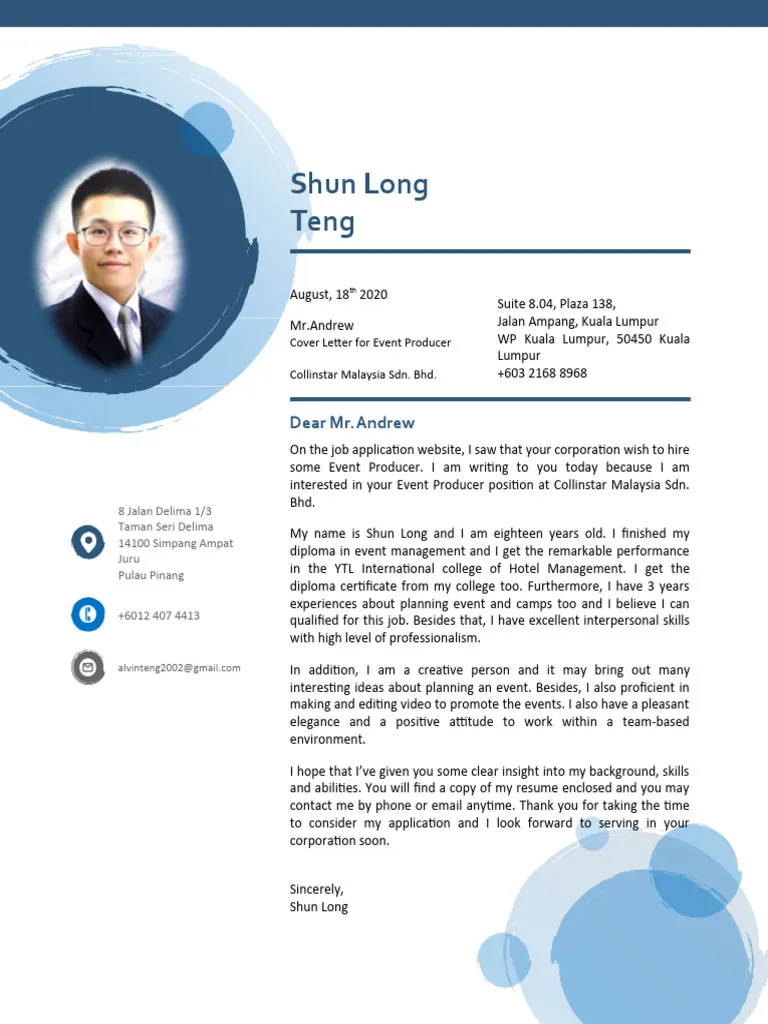What is a Cover Letter
A cover letter is your first impression on a potential employer, a formal introduction that accompanies your resume when you apply for a job. It serves as a crucial document, providing context to your application and highlighting your qualifications. It is not just a list of your past jobs, it allows you to express your personality and your interest in the specific role. Unlike a resume, which is a summary of your skills and experience, a cover letter is your chance to showcase your writing abilities and explain why you are the perfect fit for the role and the company’s culture. It’s your opportunity to make a lasting first impression and persuade the hiring manager to carefully review your resume.
Why Are Cover Letters Important
In a competitive job market, a well-crafted cover letter can set you apart from other candidates. It allows you to demonstrate your genuine interest in the company and the specific position you are applying for. It provides an opportunity to elaborate on your skills, and experiences, using specific examples of your achievements. Cover letters give you the ability to connect your qualifications to the specific requirements of the job, demonstrating your understanding of the company’s needs and values. Many employers consider cover letters essential; they provide valuable insights into your communication skills, personality, and enthusiasm for the role. They can be the key factor in getting your resume noticed.
Cover Letter Templates What to Include
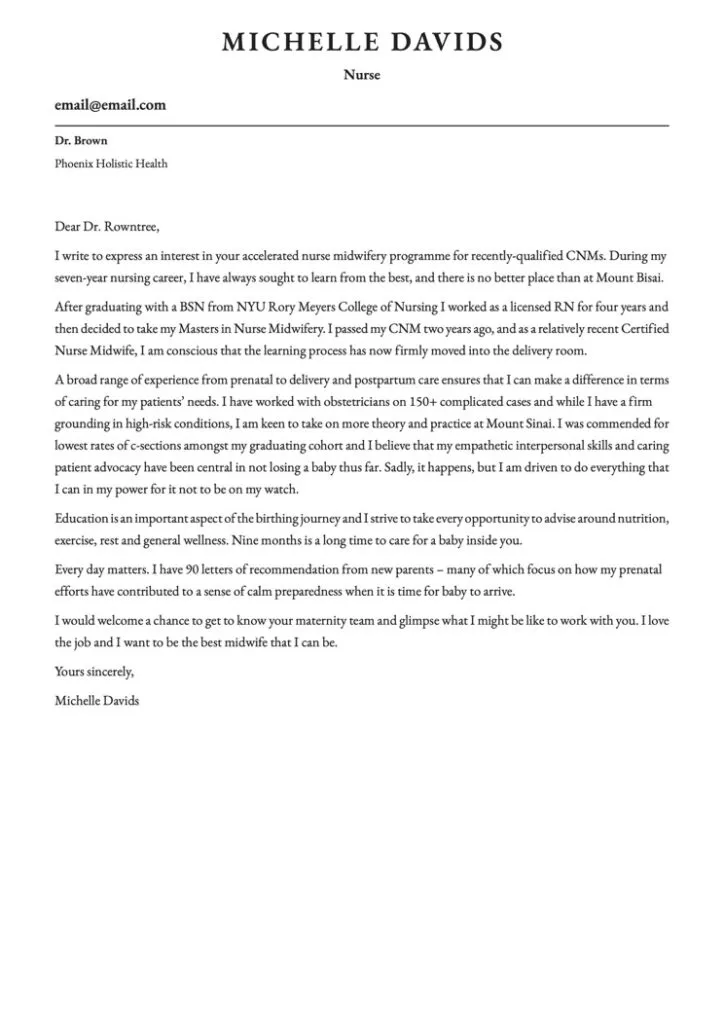
Cover letter templates provide a helpful framework, but the content should be tailored to each specific job application. They typically include several key components, each designed to convince the hiring manager that you are a strong candidate. Understanding these components will help you present your qualifications effectively and demonstrate your attention to detail. A well-structured cover letter not only presents your qualifications but also highlights your attention to detail and understanding of the employer’s needs. Using a template helps to ensure that you include all the necessary information.
Contact Information
At the top of your cover letter, include your contact information: your name, phone number, email address, and LinkedIn profile URL (optional). This makes it easy for the hiring manager to reach you if they are interested in scheduling an interview. Ensure that your contact information is current and professional-looking. It is also standard to include the date and the hiring manager’s or company’s address below your contact information. Always double-check the spelling and accuracy to avoid any potential errors.
Opening Paragraph
The opening paragraph should immediately capture the reader’s attention and state the purpose of your letter. Mention the specific job you are applying for and where you found the job posting. You can also briefly express your enthusiasm for the opportunity. This paragraph sets the tone for the rest of the letter and provides a clear indication of your intentions. Make sure your opening is engaging and reflects your understanding of the company and the role; this demonstrates your interest and initiative from the start.
Body Paragraphs

The body paragraphs are the heart of your cover letter, where you elaborate on your skills and experience. Aim to highlight how your qualifications align with the job requirements and the company’s needs. Each paragraph should focus on a specific aspect of your background, providing concrete examples and achievements. Use clear and concise language and demonstrate your value to the company. The goal is to make your accomplishments clear and relatable to the job requirements. Use action verbs and quantify your achievements whenever possible.
Highlight Your Skills
Identify the key skills and qualifications listed in the job description and discuss how your skills match those requirements. Use specific examples to illustrate your proficiency and achievements. Provide quantifiable results whenever possible to demonstrate your impact, such as increased sales, improved efficiency, or successful project completion. By highlighting your skills, you convince the hiring manager that you possess the abilities necessary to succeed in the role. Tailoring the skills you highlight to the job’s requirements is essential.
Showcase Your Achievements
Focus on showcasing your accomplishments and results. Instead of merely listing your responsibilities, describe what you achieved in previous roles. Quantify your achievements with numbers, percentages, or specific outcomes. This could include increased sales, improved efficiency, or successful project completion. Highlighting your achievements helps to demonstrate your value and potential to the hiring manager. Use action verbs to make your achievements more impactful, making them memorable and showing your value to the company. Showcasing achievements is key to persuading employers.
Tailor to the Job Description
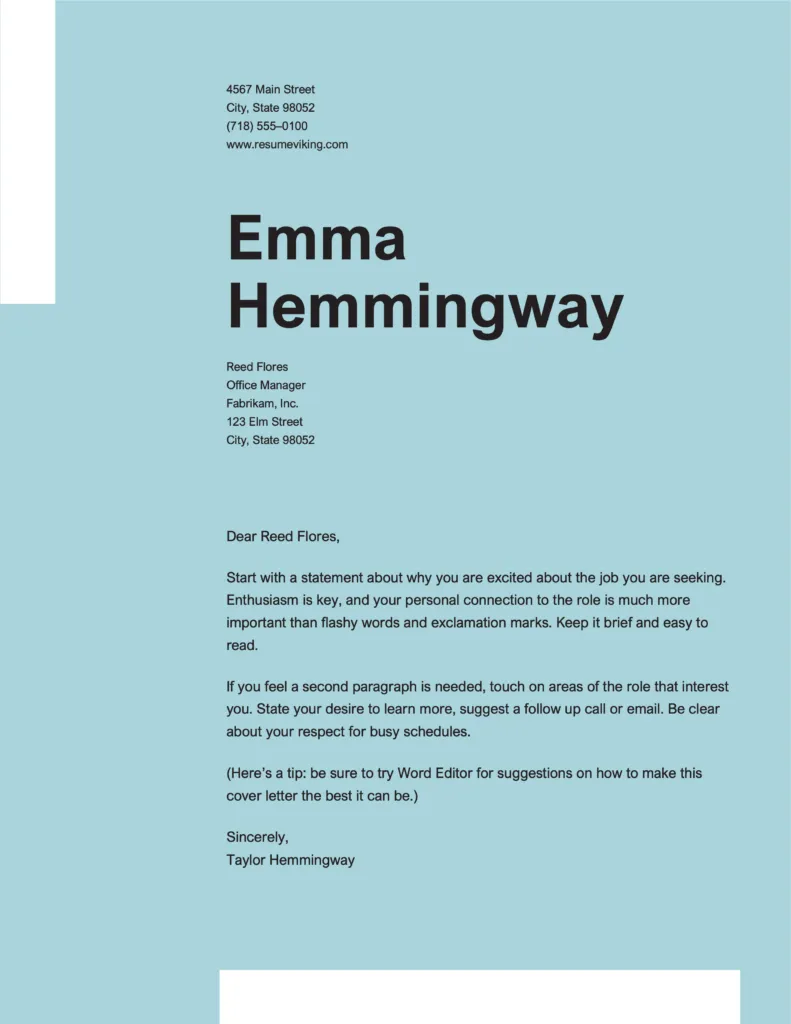
Customize your cover letter for each job application. Carefully review the job description and identify the key requirements and skills. Then, tailor your cover letter to address these specific points. This demonstrates that you have taken the time to understand the position and are genuinely interested in the role. Tailoring your letter increases your chances of getting noticed and demonstrating your suitability for the job. This targeted approach significantly increases your chances of success.
Closing Paragraph
The closing paragraph should reinforce your interest in the position and express your enthusiasm for the opportunity. Reiterate your key qualifications and thank the reader for their time and consideration. Clearly state your availability for an interview and how they can contact you. A strong closing paragraph leaves a lasting positive impression and encourages the hiring manager to take the next step. End with a professional sign-off, such as “Sincerely” or “Best regards” followed by your name.
Express Enthusiasm
Express your genuine interest in the company and the specific role. Explain why you are excited about the opportunity and what aspects of the job or company appeal to you. This can make a positive impression and show the hiring manager that you are passionate about the position and the company’s mission. Show that you’ve done your research and understand the company’s values and goals. Showing enthusiasm makes a good first impression and shows you are motivated to contribute.
Thank the Reader
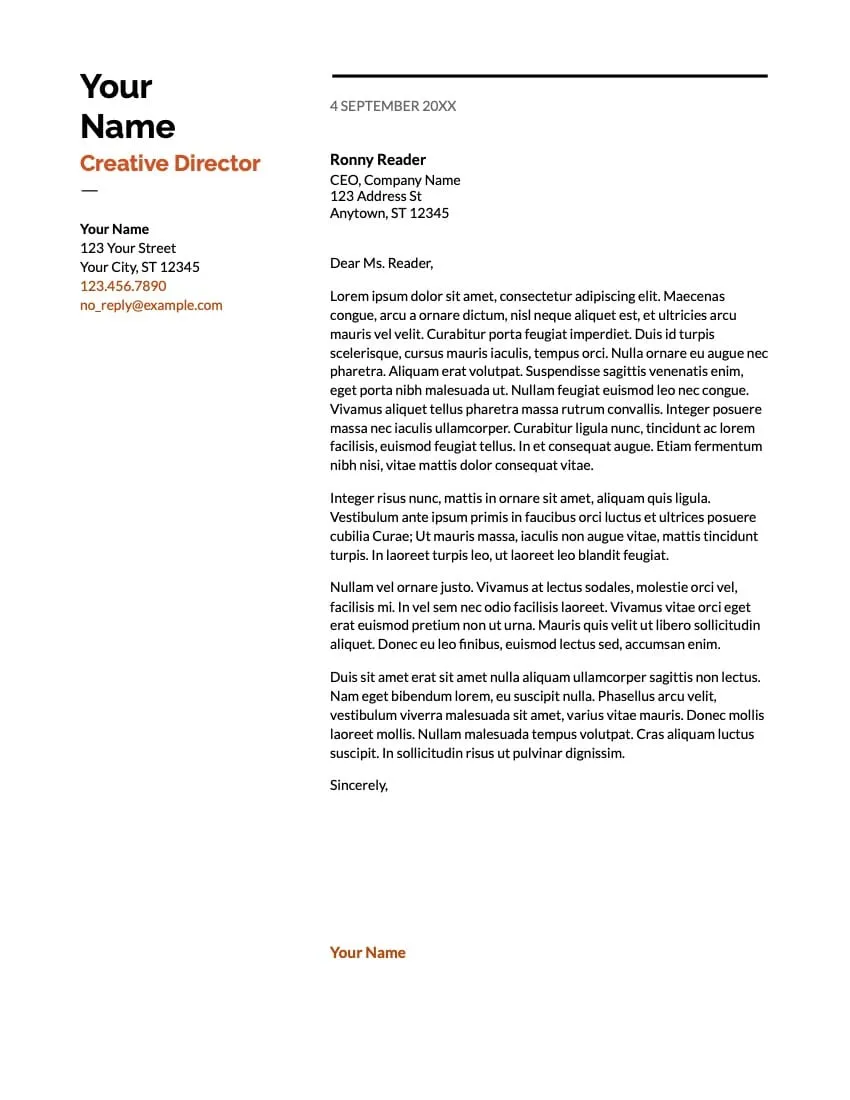
Always thank the reader for their time and consideration. This shows respect and professionalism. You can also express your eagerness to hear back from them and reiterate your interest in the opportunity. This polite gesture leaves a positive impression and encourages the hiring manager to consider your application favorably. A simple thank you can go a long way in building a positive impression.
Types of Cover Letter Templates
Cover letter templates come in various styles, each suited for different purposes and industries. Choosing the right template can significantly enhance your chances of success. The most common cover letter types include classic, modern, and creative templates. Consider your industry and the specific job requirements when selecting a template. Using the right format can help you present your skills and experience most effectively and create a positive first impression. Selecting a template that fits the job is a crucial first step.
The Classic Cover Letter Template
The classic cover letter template is a traditional and professional option, suitable for a wide range of industries. It typically features a clean and straightforward layout with a clear structure. This template focuses on presenting information in an organized manner and is ideal for industries where professionalism is key, such as finance or law. The classic template provides a solid foundation for showcasing your qualifications and experience in a clear and concise way. A well-designed classic cover letter template is always a safe choice.
The Modern Cover Letter Template
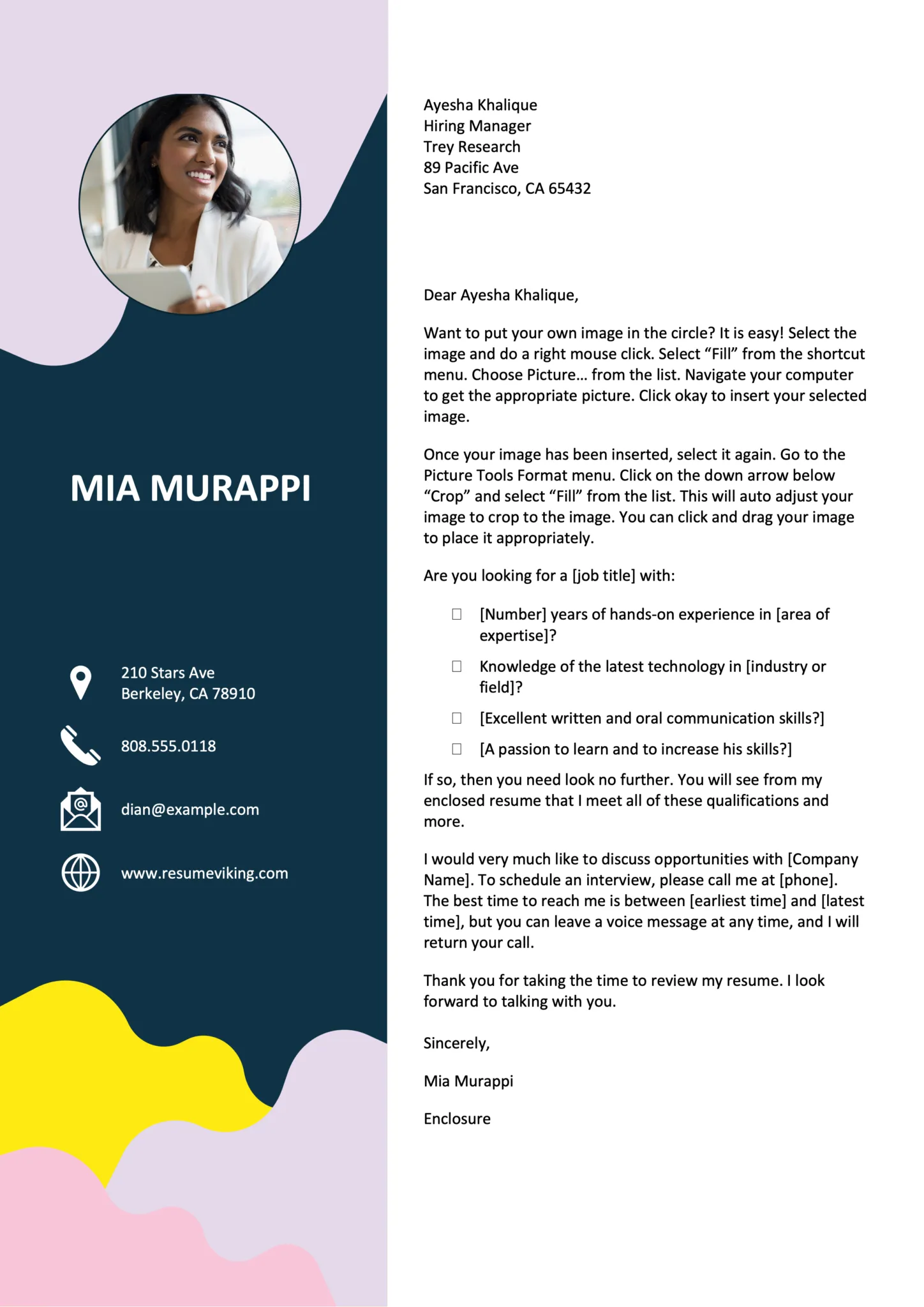
The modern cover letter template incorporates contemporary design elements, such as subtle color accents, creative fonts, and strategic use of white space. This template is often preferred in more creative or tech-focused industries, where a more stylish approach is welcome. It aims to create a visually appealing document that stands out from the crowd. A modern template can effectively communicate your personality and creativity while maintaining a professional tone. Modern templates often use a more visually engaging format.
The Creative Cover Letter Template
The creative cover letter template offers more flexibility in design, allowing for the inclusion of graphics, unique layouts, and unconventional formatting. This template is best suited for roles in the creative fields, such as design, marketing, or media. It showcases your artistic abilities and personality. However, be cautious when using a creative template, as it may not be appropriate for all industries or company cultures. Always consider the employer’s expectations and company culture before using a creative template. Use it strategically, and only if it fits the job.
Tips for Writing a Great Cover Letter
To make your cover letter stand out, it is important to pay attention to several key aspects, including research, language, and formatting. By following these tips, you can ensure that your cover letter is well-written, compelling, and effective in getting you noticed. Always tailor your letter to the specific job requirements and proofread carefully before submitting your application. These additional considerations will help you create a great cover letter that makes a positive impression on potential employers. Following these tips will maximize your chances of success.
Research the Company

Before writing your cover letter, research the company and the specific role. Understand the company’s mission, values, and culture. Identify the key skills and qualifications the employer is seeking in a candidate. This research will enable you to tailor your cover letter to align with the company’s needs and demonstrate your genuine interest. Visit the company’s website, read recent news articles, and check their social media presence to learn as much as possible. This will show the hiring manager that you are serious about the position, demonstrating your commitment and initiative.
Use Action Verbs
Start your sentences with strong action verbs to make your cover letter more impactful and engaging. Action verbs effectively describe your accomplishments and responsibilities. Instead of saying “Responsible for managing projects,” use “Managed projects, delivering results on time and within budget.” This approach makes your letter more dynamic and provides specific details about your achievements. Use a variety of action verbs to add interest and demonstrate the breadth of your skills. Action verbs help recruiters quickly understand what you have achieved, making your accomplishments clear.
Proofread Carefully
Proofreading is critical to ensuring your cover letter is free of errors. Mistakes can undermine your credibility and make a negative impression on the hiring manager. Carefully check for spelling, grammar, and punctuation errors. It is always best to have a friend or family member review your cover letter as well, as a fresh pair of eyes can often catch mistakes that you may have missed. A polished and error-free cover letter demonstrates your attention to detail and professionalism. Always proofread to make a strong first impression.
Formatting and Design
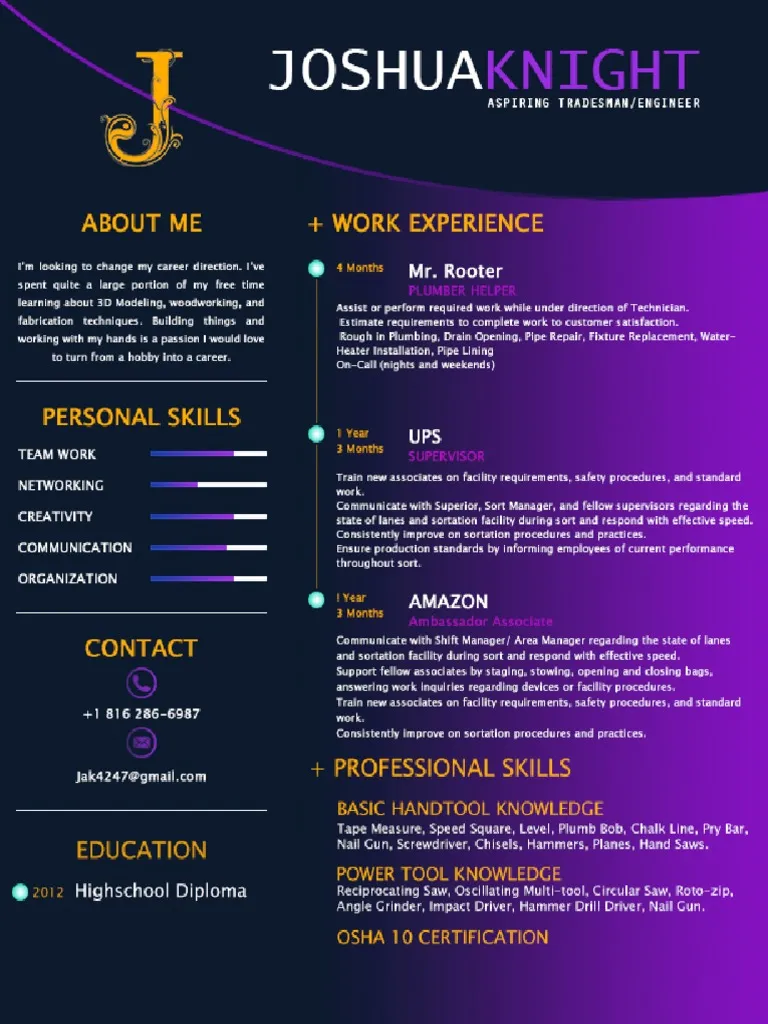
Formatting and design play a crucial role in making your cover letter easy to read and visually appealing. Choose a professional font, use white space effectively, and maintain a consistent style throughout the document. Formatting considerations will help you make a positive impression and ensure that your message is clearly communicated. Proper formatting can improve readability and make your cover letter stand out. These formatting considerations can significantly impact the overall impression your application creates. A well-formatted cover letter is easier to read and more impressive.
Choose a Professional Font
Select a professional and readable font, such as Times New Roman, Arial, or Calibri. Avoid using overly decorative or unusual fonts, as they can distract from your message. The font size should be between 10 and 12 points for easy readability. Using a professional font shows that you are serious about the application and are capable of adhering to standard business practices. Make sure the font is consistent throughout your resume and cover letter for a polished look. Proper font selection helps present a professional image. Consistent formatting is key.
Use White Space Effectively
Use white space to create a visually appealing and easy-to-read cover letter. Leave sufficient margins around the text and use line breaks to separate paragraphs and sections. Too much text crammed together can be overwhelming. White space helps to guide the reader’s eye and makes your cover letter more accessible. Strategic use of white space improves readability, making it easier for the hiring manager to absorb your information. Proper spacing enhances the overall appearance of the document and makes it more inviting to read. A clean layout always looks more professional.
Where to Find Cover Letter Templates
Numerous resources are available for finding cover letter templates, both online and in software applications. These templates offer a starting point and can save you time and effort when creating your cover letter. When selecting a template, make sure it is appropriate for your industry and the specific job you are applying for. Customizing the template to reflect your personal skills and experience is crucial. These resources will help you create a professional cover letter quickly and efficiently. Finding the right template is a great starting point.
Online Resources
Many websites offer a wide range of cover letter templates that can be downloaded for free or purchased. These resources typically offer templates in various formats, such as Microsoft Word, Google Docs, and PDF. Some popular websites that provide cover letter templates include Resume.com, Canva, and Zety. When choosing a template, consider the design, layout, and overall style to ensure it aligns with your needs and the specific job application. Online resources provide easy access to a wide variety of templates, providing a great starting point for your cover letter.
Microsoft Word Templates
Microsoft Word also offers a selection of cover letter templates that are readily available to users. These templates are typically professionally designed and can be easily customized with your information. To access these templates, open Microsoft Word and search for “cover letter templates” in the search bar. Select a template that suits your needs and customize it with your contact details, skills, and experiences. Word templates are a convenient and accessible option for creating a professional cover letter and can save you a lot of time.
Free vs. Paid Templates
Both free and paid cover letter templates are available. Free templates provide a basic structure and layout, while paid templates often offer more advanced features, design options, and customization capabilities. When choosing between free and paid templates, consider your budget, the level of customization you need, and the importance you place on design. Free templates can be a great starting point, while paid templates may provide a more polished and professional look. Selecting the right template depends on your individual needs. Evaluate the pros and cons of each option before making your decision.
